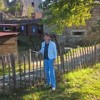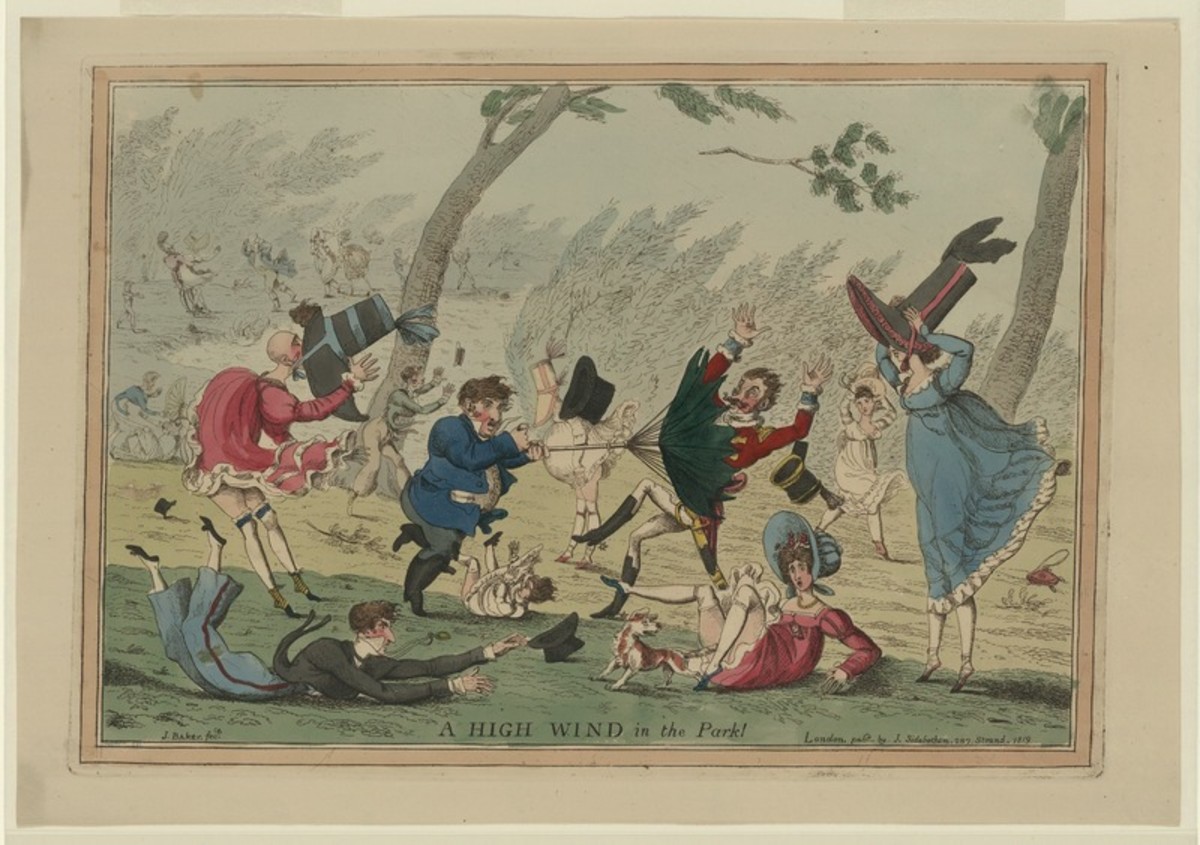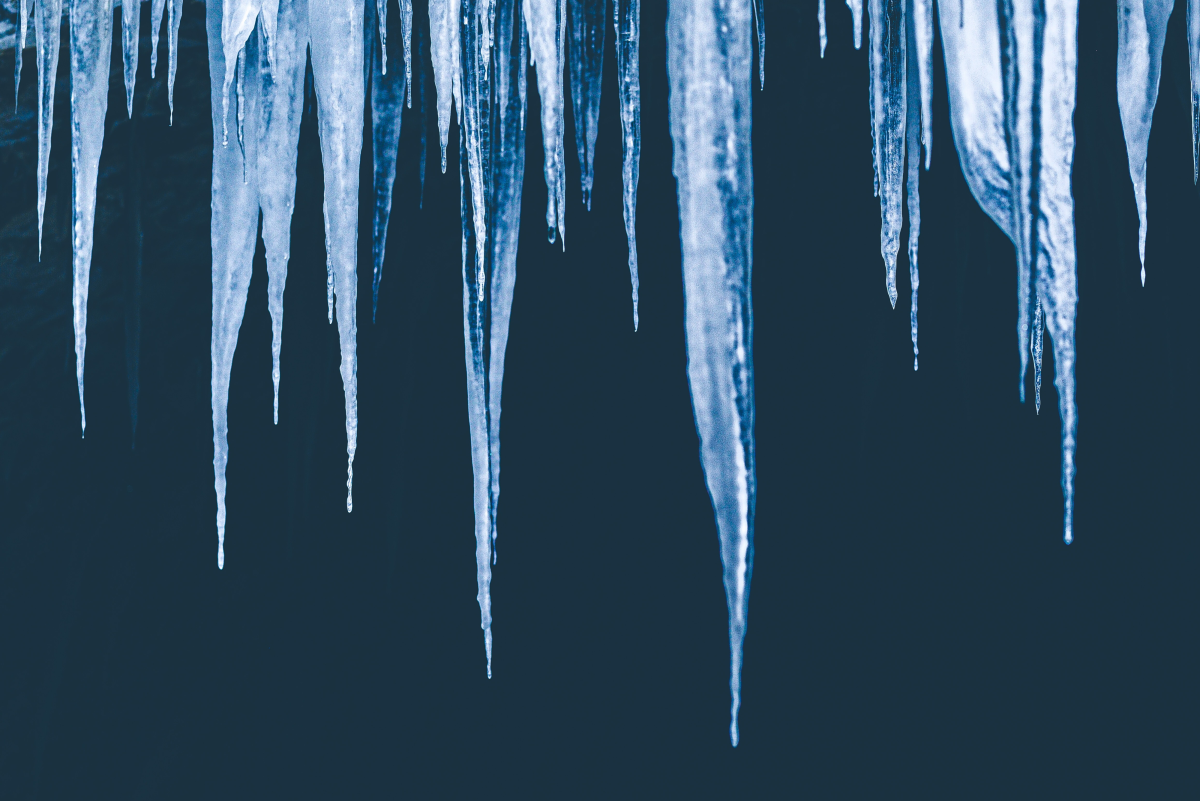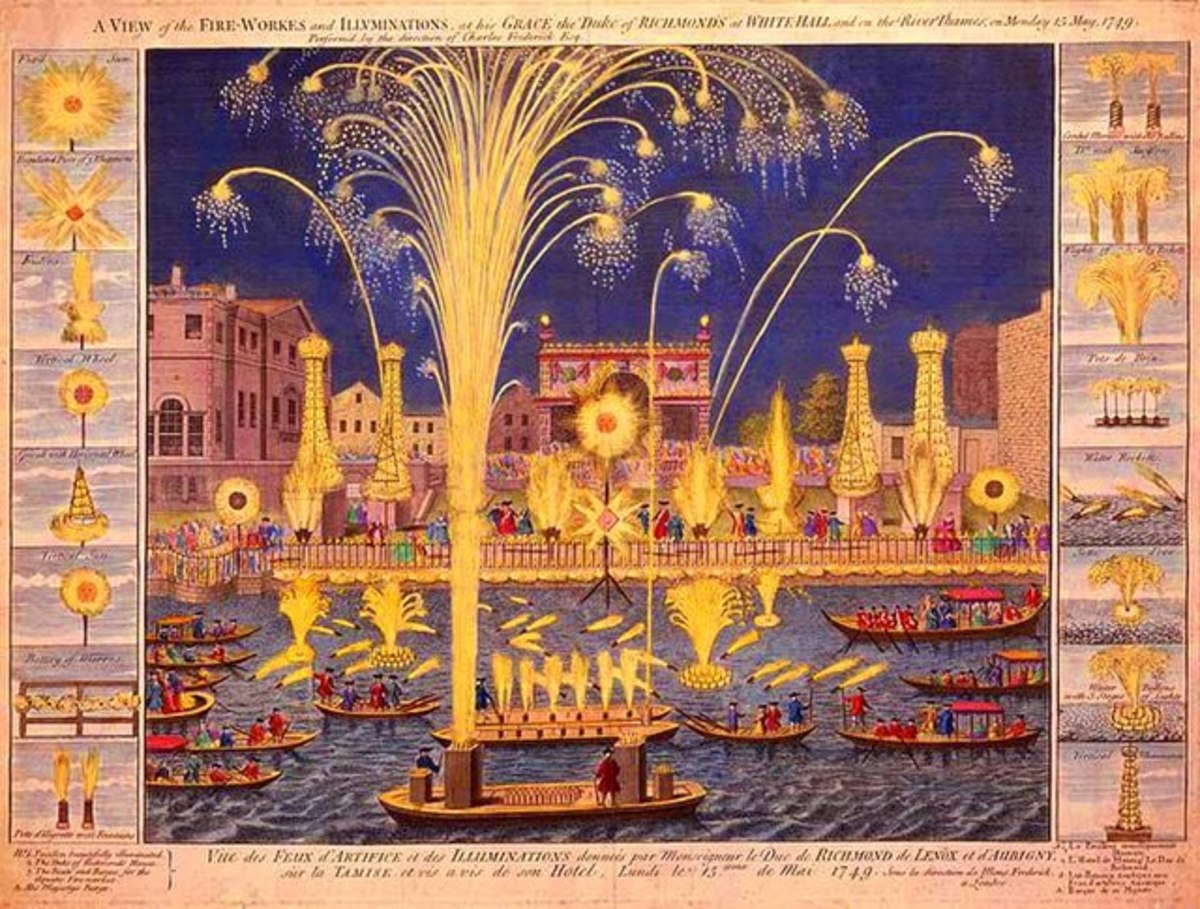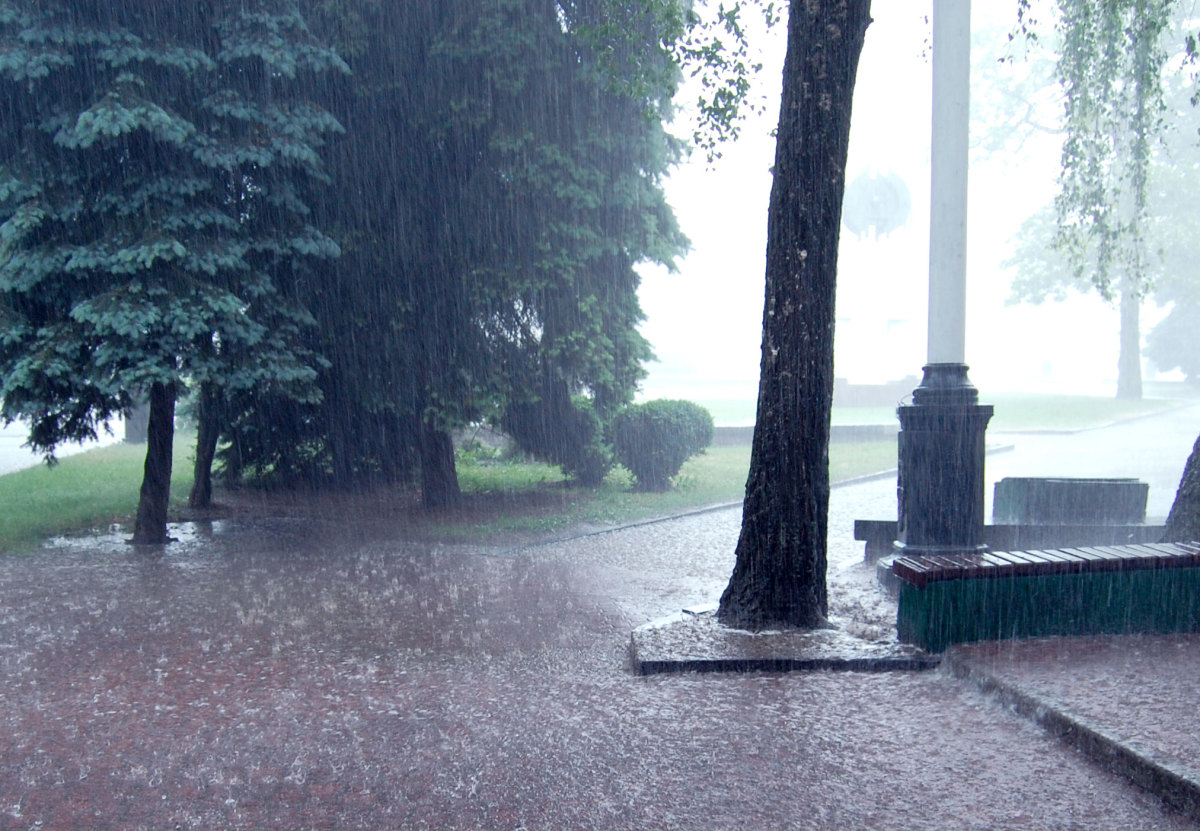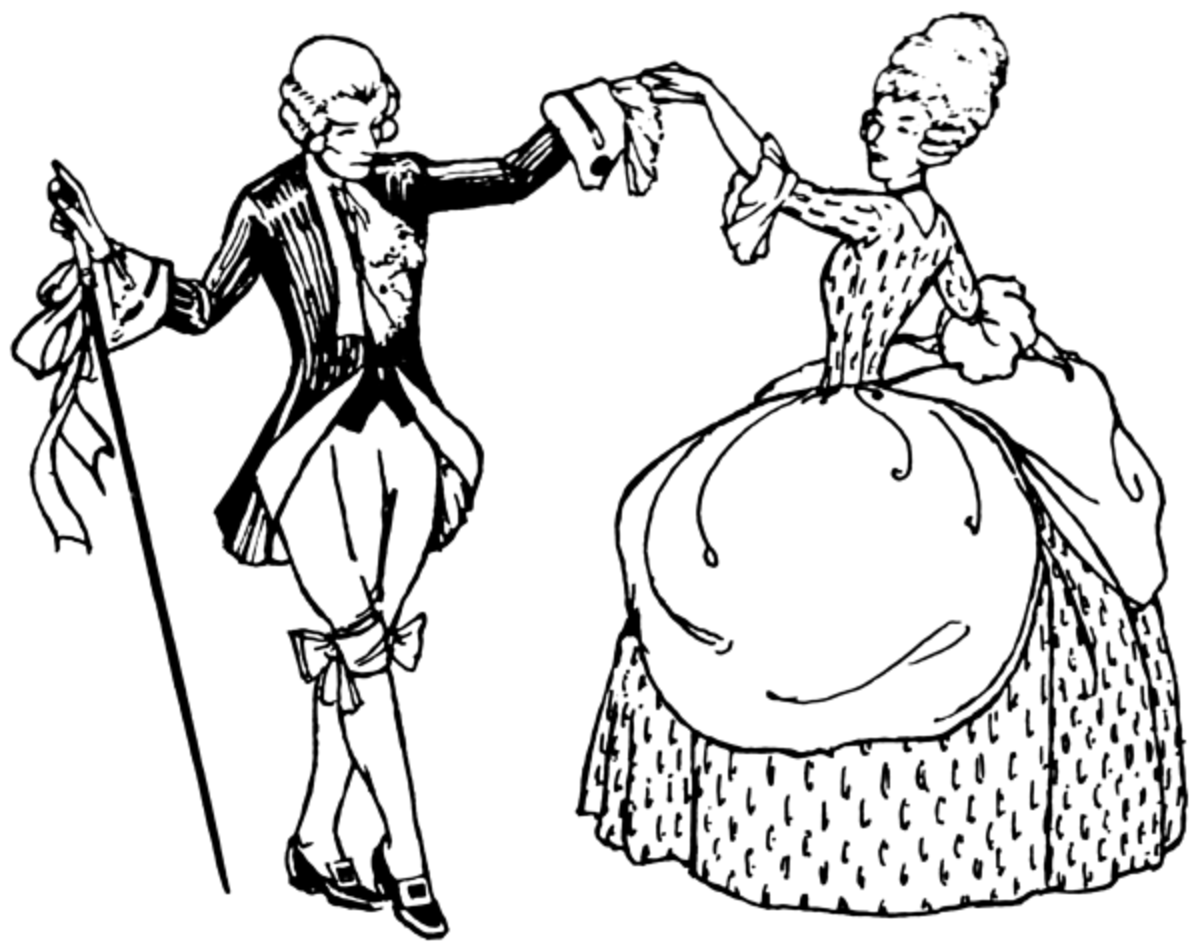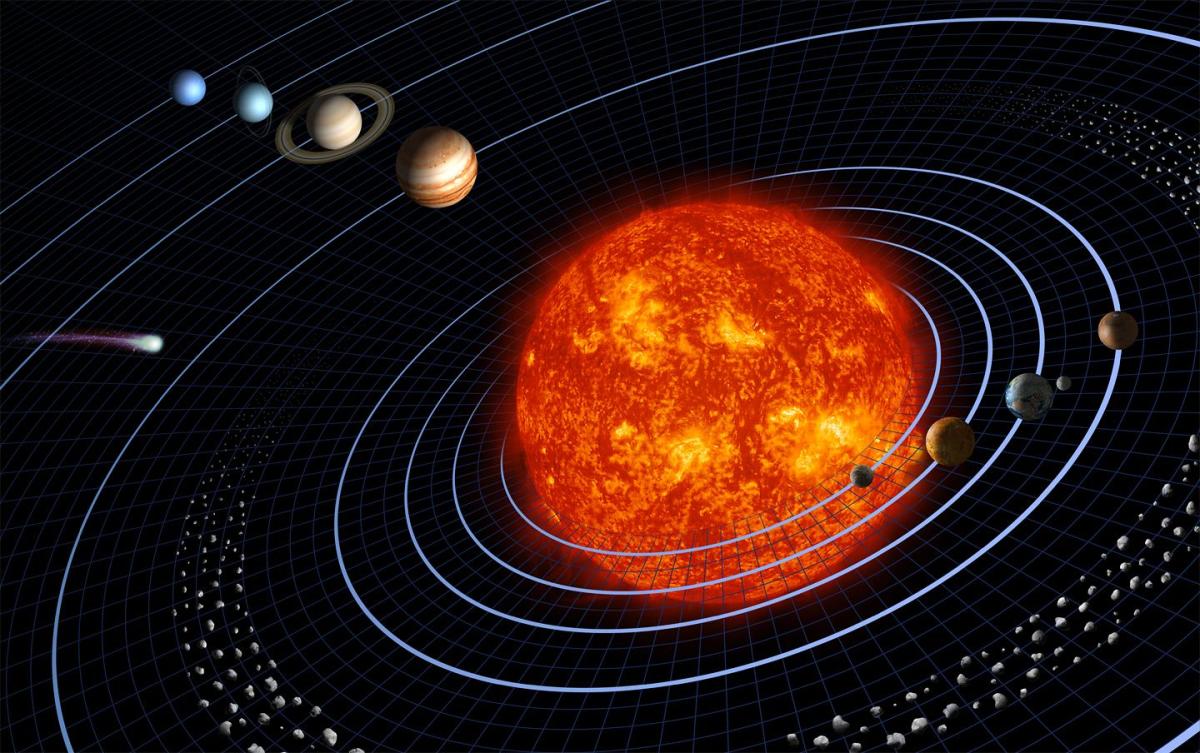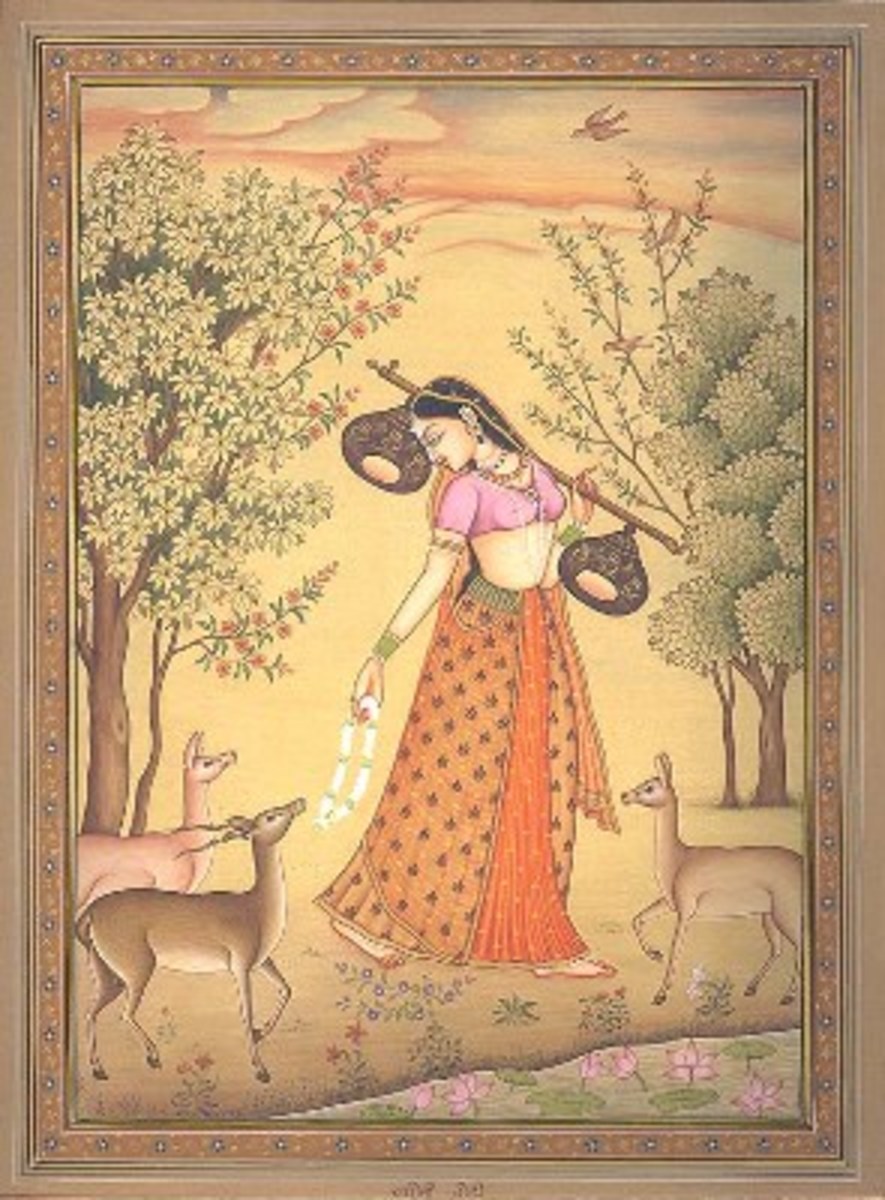Classical Music Inspired By Winter
Silesian Winter in Moravia
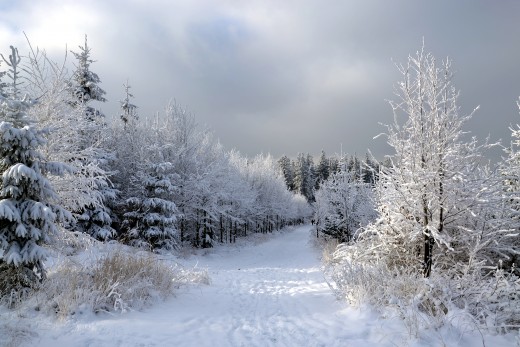
Some of us love the cold of winter and the long distances you can see way into the horizon. On the other hand, some of us dread it, enduring the damp, rheumatism taking its toll and slippery paths a waiting disaster for fragile hips.
But whatever side of the divide you are on, you cannot help but wonder at the beauty of snow clad trees and gables dripping with clusters of icicles, even if you might prefer to view them from the comfort of a hearthside seat.
Franz Schubert 1797-1828
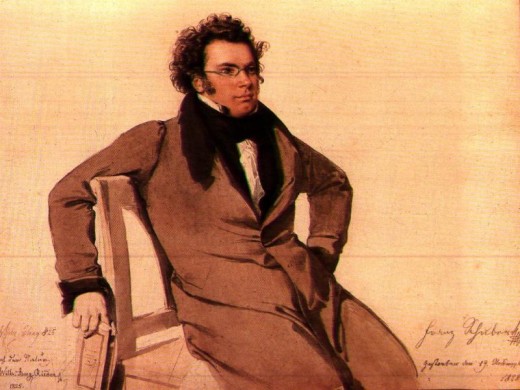
Schubert. Winterreise
As Beethoven's Ninth is to the symphony, so Schubert's Winterreise is to the song cycle. The piano should never be addressed as the accompaniment. Schubert integrated singer and pianist as one, dependant on the other, as the young man at the centre of the cycle was seemingly dependant on his lost love.
The cycle of 24 songs charts a rejected suitor's journey away from his love's physical home and heart through a wintry landscape shot through with metaphors for death - he encounters a raven and the linden tree, both associated with mortality.
Yet you cannot help wondering about the general character of the traveller. He thought he would be married to this lady, but those notions were implanted by her mother, not her. Probably the young lady came to realise he was rather a weak character, dropped him, and moved on with barely a backward glance, but he berates her for having frozen him out of her heart.
Does he allow himself to succumb to the frozen conditions, or does he take up with the troubadour hurdy gurdy player that he meets at the end of the cycle? And just who is this mysterious man? Is he the grim reaper? A mirror of himself? Salvation, perhaps? The hurdy gurdy player is also homeless, an itinerant barely making a living in the snow as a busker. The bare drone and the twiddle of a tune over the top is both a question and a statement. Pick one. Death, or barrel on? You choose, he invites.
The hurdy gurdy drone might be the summation of the whole cycle, a man unable to shake off disappointment in love, a rite of passage which most of humanity endures. The inertia of self pity has pervaded every song, a drone of its own.
Was this erstwhile sweetheart worth the slippery slide towards death? Should he have picked himself off the snow and dusted it off and got on with life? After all, most of us have faced this disappointment at some time or other in our lives, especially when young and hormones rage.
It is a study in lost love, lost life and, let's be honest, self pity. it also has a dollop of menacing revenge thrown in - look what you have done to me, I shall make you feel as bad as possible and if I die this will get back to you and you will live with this burden for the rest of your life. You will never escape it.
But then, if she really was that cold, perhaps not.
The video is of the last of the songs, The Hurdy Gurdy Man.
Johann Sebastian Bach 1685-1770
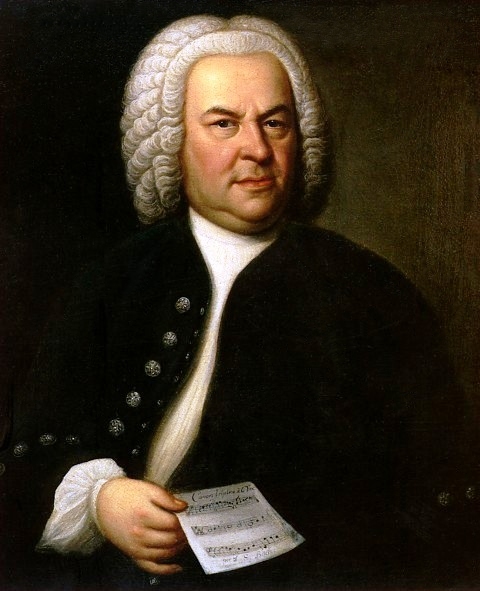
Bach. The Christmas Oratorio
Of all the oratorios in the repertoire, Bach's Christmas Oratorio is one of the most performed since it features the ever popular nativity.
It opens with great authority, the timpani literally banging the drum for Christ's first appearance on Earth prompting a rush of adrenalin from the strings. What better celebration could there be?
The Christmas Oratorio is divided into six cantatas, the performances spread over the Christmas period. Not much of a holiday for Bach - or the participants. It is unified by key structure, starting and ending in the key of D major, moving around related keys, and by the Evangelist who narrates the story. Today, The Christmas Oratorio is generally divided into Parts I and II for performance.
Written for the 1734 Leipzig Christmas performance,1 and always under pressure of work to turn out music for church each week, Bach wisely filched some of the music for the long oratorio from three of his previous works to ease the burden.
In Part 6, The Coming and Adoration of the Maji, Bach concludes the festivities by an exalted jubliation on the Feast of the Epiphany. The ending is a familiar theme from the B minor Mass a hymn that I always knew as O Sacred Head Sore Wounded, but presented here in uplifting mood, the solo trumpet an exultant obligato rounding off a splendid few festive days.
If you are completely opposed to something, make sure you aren't located at Hell in Norway, as it does freeze over in Winter.
Antonio Vivaldi 1678-1741
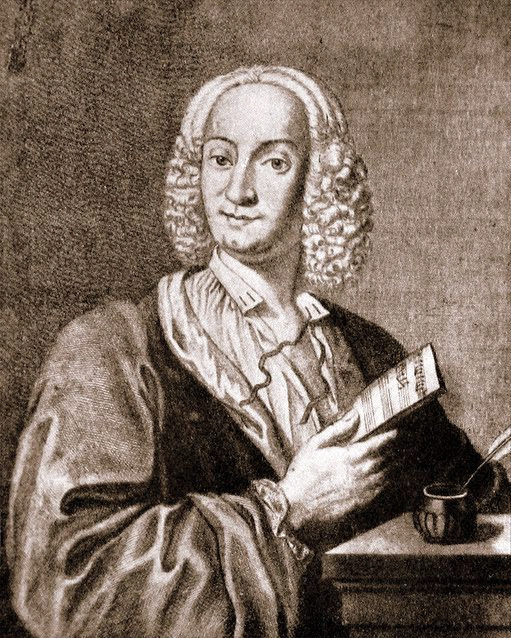
Vivaldi. The Four Seasons - Winter
From the start the crystalline crispness crunches underfoot. Brittle clipped tiny grace notes played sul ponticello (played on the bridge) prepare for the solo violin to make its entrance. The soloist rushes round to keep warm while the orchestra's frosty sound drives on to an icy conclusion.
The warm lyrical tone of the middle slow movement represents a retreat indoors, cosily sitting by the fire, glad to be out of the downpour.
The last movement relates how unsteady we are on our feet despite cautious steps. The north wind penetrates even in to homes, nevertheless, winter retains a beauty of its own.
Each of the three movements has a sonnet to reflect the mood. Although unclear who wrote them (there are poems for each of his Four Seasons) it is generally surmised they are by Vivaldi himself.2
Claude Debussy 1862-1918
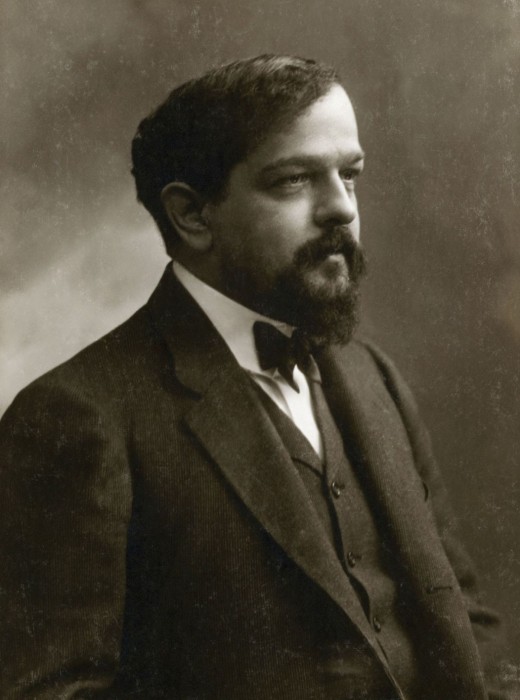
Debussy. Children's Corner - The Snow is Dancing
The whispered snow, softly staccato, dances between the two hands of the piano, the simplicity of the delicately bouncing sound belying the difficulty of execution.
Snowflakes drift and flurry along with snatches of a nursery song. Imagine Debussy's young daughter, Chou-Chou, arms outstretched, twirling around, enjoying the sensation of the soft cold snow on her upturned face and the tinkle of a girlie giggle to finish.
Debussy himself is playing on this piano roll recording from 1913.
To read more about classical music inspired by snow, click on the link
Benjamin Britten 1913-1976
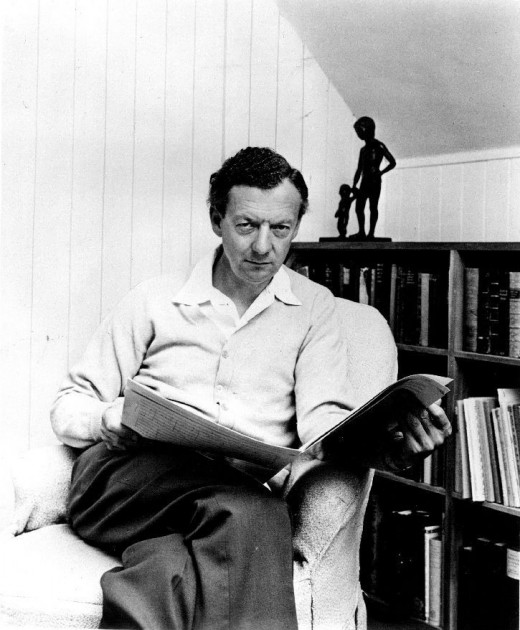
Britten. A Ceremony of Carols - In Freezing Winter Night
Written for a choir of three treble voices, treble soloists and harp, Ceremony of Carols a tells the Christmas story by way of medieval texts.
The freeze of the winter's night, when the baby Jesus is trembling in his manger, is present in the icicle trilling of the harp and the sense of stillness from the choir. This is achieved by the setting the words to an unfamiliar five beats in a bar meaning you are not directed to the walking four beats or the swing of three. Not that there is shapelessness, it is more that the music is allowed to have a slow drift-in-the-air feel, as if clouds are slowly passing overhead against a clear blue cold sky.
The voices overlap and take turns like migrating cranes and, on reaching their destination, fly to earth as one flock, and settle.
The Swedish town of Umeaa uses light therapy to combat the winter blues. Daylight can reduce to 4 and a half hours so to fight the depressive Seasonal Affective Disorder, commuters are advised to stand in front of special light panels at bus stops and take advantage of extra illumination.
Alexander Glazunov 1865-1936
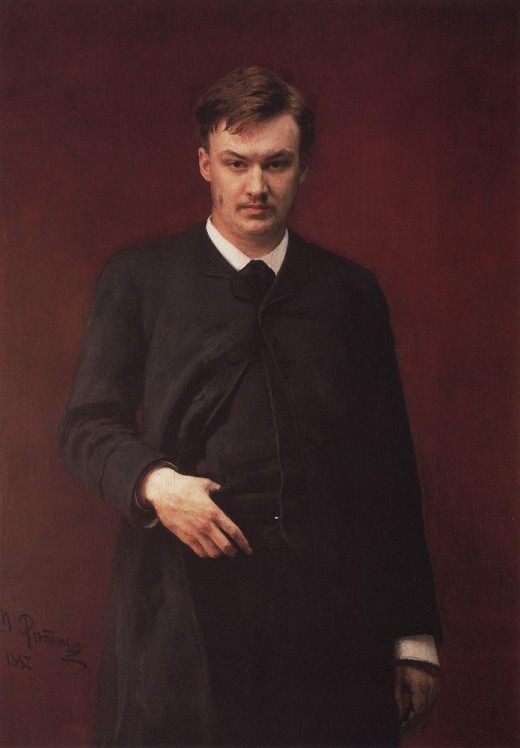
Glazunov. The Seasons - Winter
Collaborating with choreographer Marius Petipa at the Ballet of the St Petersburg Imperial Theatres, Glazunov wrote the music for The Seasons in 1899..3
Winter appears as the first of those seasons, featuring the associated characters of frost, ice, hail and snow. The thin top harmonic E tingles at the start, while icicles chink, setting the wintry scene. Trills abound, establishing a chill in the air.
Thereafter we are treated to the merriment of frost, the cautious nature of ice where you might slip up at any moment, hail glancing off the ground, and the waltzing twirls of snowflakes fall, lending a Christmassy overview concluding this first part of the ballet.
Jean-Baptiste Lully 1632-1687
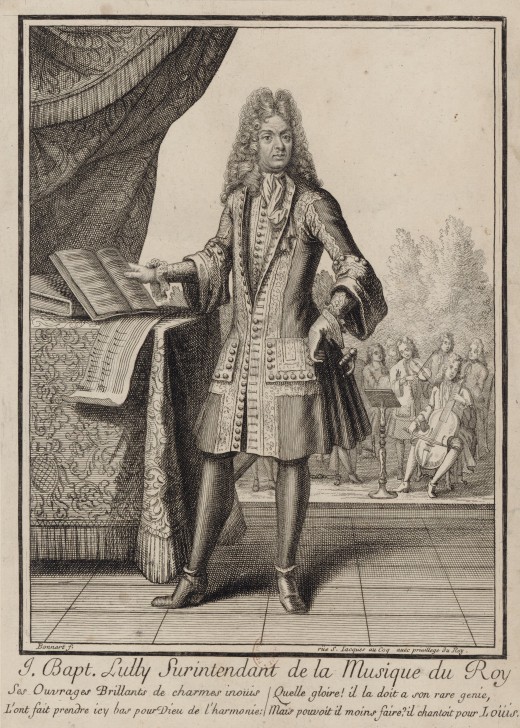
Lully Isis - L'hiver qui nous tourmente (Winter, Who Torments Us)
An Italian by birth, Lully moved to the French court of Louis XIV where he kept an iron grip on his prestigious position as the effective head of music, excluding rivals and ensuring his own compositions were promoted.
His ballets and operas were immensely popular, partly due to the fact that he forged a patented pact with the poet Pierre Perrin and composer Robert Cambert. They had been granted exclusivity on staging operas throughout France, and Lully, enterprising and controlling as ever, did a deal. Through Perrin and Cambert, Lully ensured his operas could be staged only with his permission.4
Isis is the improbable story is that of the nymph Io rising to become the Egyptian goddess Isis, a meteoric progression not unlike Lully's own. However, Io encounters difficulties along the way to her exalted position. Juno, the needlessly jealous wife of Jupiter, at least where Io is concerned, decides to banish her to both very hot and very cold climes.
The Air de Tembleurs (The Tremblers Aria) also known as L'Hiver que nous tourmente from Act IV, starts with a zip of biting wind and is famed for the chattering of teeth expounded by the chorus. Winter is indeed a torment, the cause of trembling voices and freezing you half to death. The style of this air influenced Purcell's Cold Genius from King Arthur, written a few years later, and Vivaldi's Winter from the Four Seasons, both scraping and shivering along.
To read more about Purcell's King Arthur and other classical music inspired by ice, click on the link.
John Luther Adams 1953 -

John Luther Adams. Earth and the Great Weather - Drums of Winter
Part of a series of numbers the whole being Earth and the Great Weather depicting Arctic conditions, Drums of Winter draws on native American people for inspiration,5 their connection to the severity of their chosen environment, and their harmony within it, celebrated by drums and dance bowing to the uncompromising magnificence of an unforgiving outstretched land.
It starts with a rumble and, like a provocative dance, leaps as if over a great abyss onto the waiting tundra on the other side. Purely percussion, it bears the hallmarks of war, a war between survival and death in a harsh wilderness.
The drumbeats are slaps of bitter wind, whipping against the striving body, bent forward to drive through the stiff wind and snow. The complicated internal rhythms are housed within steady beats. The swirls of particles wallop unmercifully - the Artic weather takes no prisoners.
To read more about music inspired by the Earthclick here.
Joseph Haydn 1732-1809
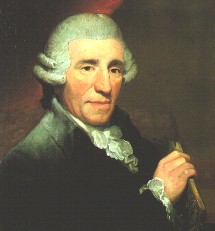
Haydn. The Four Seasons - Winter
Haydn may be more famous for his symphonies and string quartets but he wrote two marvellous oratorios, The Creation and The Seasons.
Using the epic poem by Thomas (over 4000 words), the librettist Van Swietan harvested certain passages for Haydn to set, covering all four seasons.6
In contrast to the conclusion of Autumn and its spirited (in more ways than one) convivial drinking song, Winter is a solitary affair, a lost individual trudging through the snow before finding comfort in a village. Winter, as it often is portrayed, is the portal for death. This is evident from the melancholic introduction, at this point almost an oratorio cum requiem.
Perhaps it is no accident that Haydn's first winter steps are in D minor, the key of Mozart's Requiem. Poignantly, as Haydn's long life went on, his thoughts turned to his beloved friend, cut off in his prime in 1791.. At the words 'Your summer strength is exhausted' Haydn quoted string figuration from the andante from his penultimate symphony, No 40.
Yet there was light at the end of Winter, for the last chorus is set to the words 'Dann bricht de grösse Morgen' (Then Breaks the Big Morning) anticipating Spring coming around again bringing with its longer days and the associated renewal of life.
Darius Milhaud 1872-1974
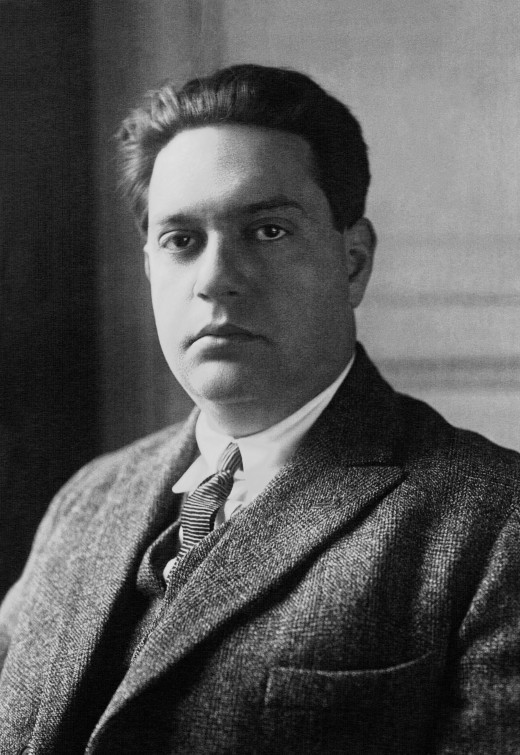
Milhaud Concertino d'hiver
Although the Milhaud wrote concertinos for spring, summer, autumn and winter, labelled under the collective title The Four Seasons, they were spread over a long period of time and are of differing styles and instrumention.
The short Concertino d'hiver focuses the spotlight onto the trombone, supported by a string orchestra. It is neoclassical in style - a modern take on pre-romantic music.
The first movement is boisterous and syncopated, rolling in the snow and throwing snowballs. The slow movement is much more contemplatively wintry in content, the trombone making rasping sounds as if blowing on hands to keep warm as it wanders through a shiveringly cold snowscape. The last movement returns to the first movement's lively debate with the strings in an ABA arch form, scurrying back to the comfort of well wrapped up playfulness, taking joy in the fun aspect of snow.
Citations
1 Channel Classics
2 baroquemusic.org
3 Wikipedia
4 Encyclopaedia Britannica
5 Allmusic
6 Early Music World
© 2019 Frances Metcalfe
